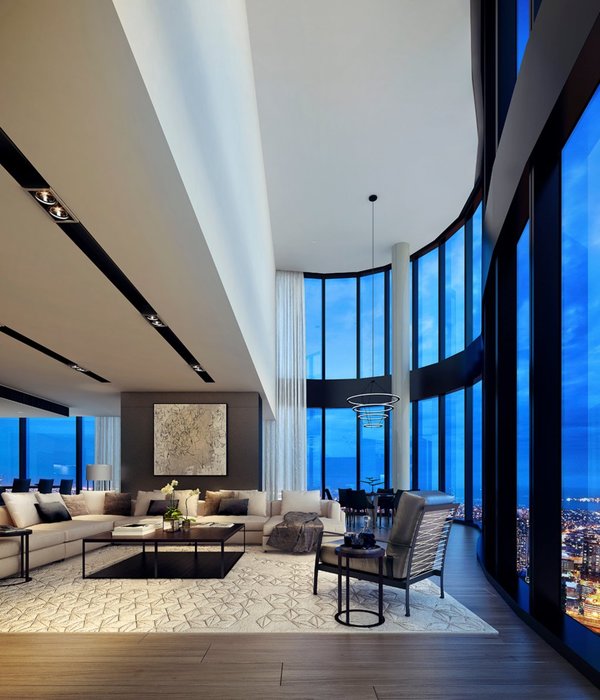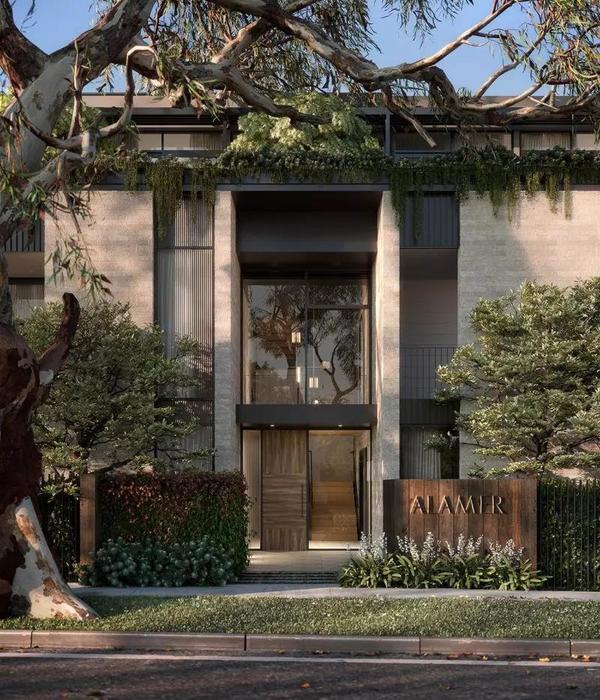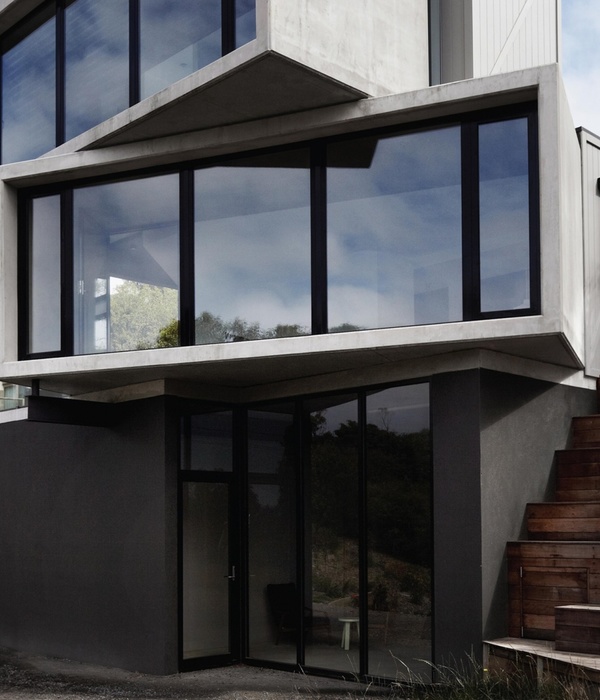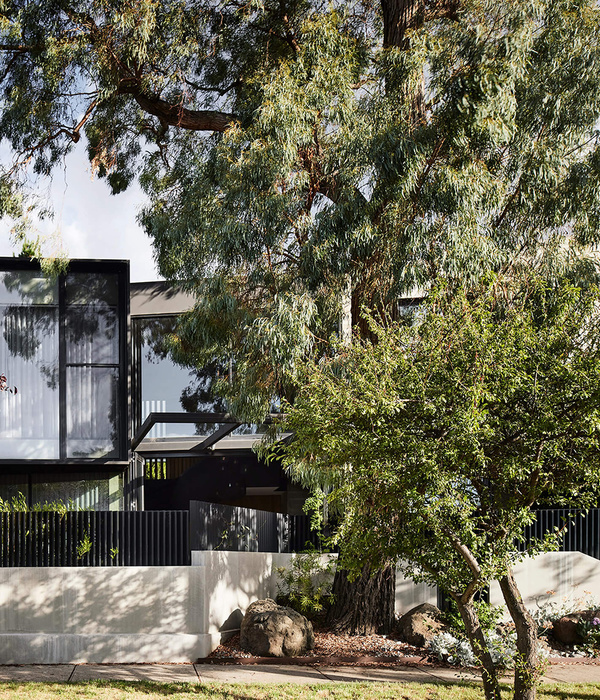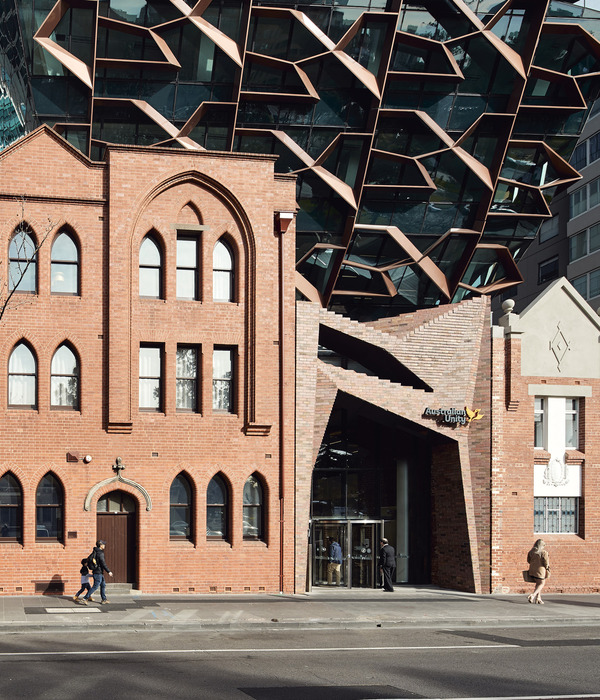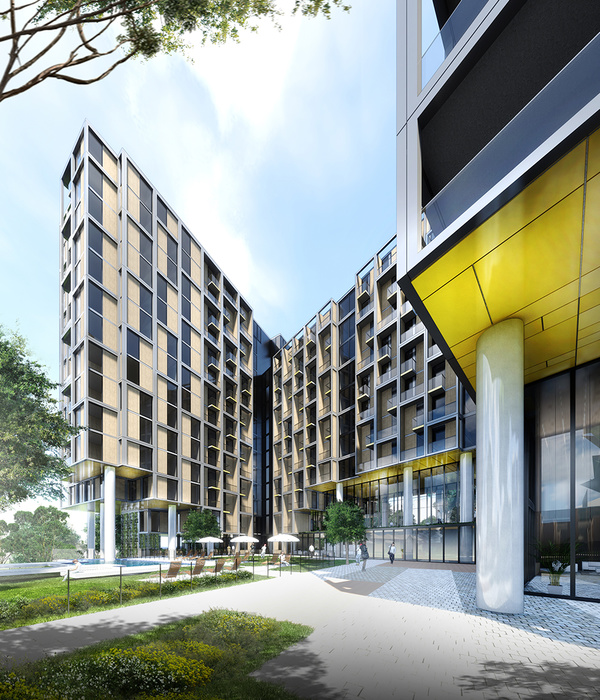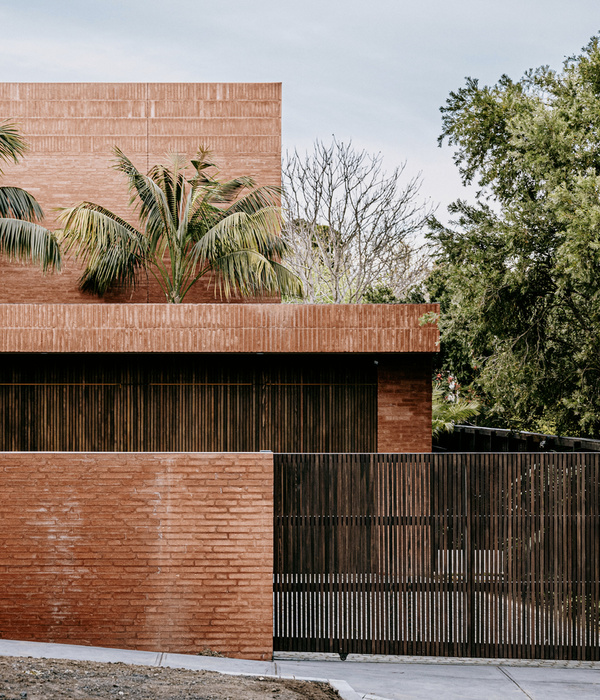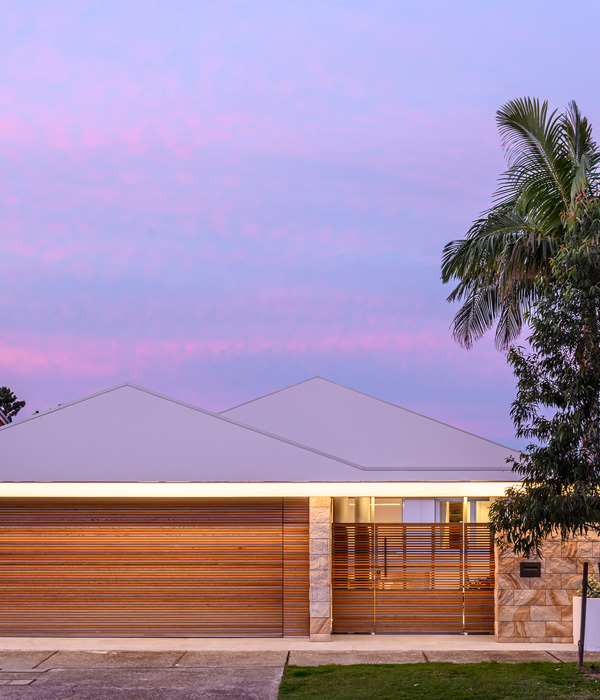Architect Peter Van Impe from AST77 designed his own home in Tienen, Belgium. For this project he looked into the extreme forms of circularity.
Main character in the circular concept is an impressive rammed earth wall, which is 40 centimeters thick and 15 meters high. All 5 floors are organized around this rammed earth wall, constructed according to the age-old craft of building - without binders or reinforcing irons. The wall looks robust but in essence it's fragile and vulnerable. If water were added it would simply revert back to mud or soil.
During a study trip to Austria the architect discovered the work of Martin Rauch, a rammed-earth specialist, artist and researcher. Let this exactly be the place where Peter Van Impe first found his inspiration for this concept. From then on, he began the search for local rammed-earth specialists to assist him in his own project. Together with BC studies and Het Leemniscaat he decided to use the dug-up earth from the building site (made available through the excavation of the basement). This earth became the structural basic material of the house in combination with bricks, steel, concrete, glass and wood.
All other building materials were also used from a circular perspective. The whole house was designed as an easy to unravel material bank. Construction materials were used as much as possible in their “naked” form. Wet joints were used as little as possible to ensure that subsequent dismantling does not require a destructive approach. At the end pure materials should be recovered and reused without further downcycling.
When we speak of circular thinking and building, change-oriented design and the use of the right materials and construction techniques are key. In response to this, the architect chose to combine a massive basic structure with the lightest possible interior - one large open space. His aim was to look for maximum flexibility in the interior space, in order to let it grow along the evolving housing requirements of current and future residents.
Place for this project is a residential development on the site of a former Provincial boarding school. The house has been designed within the outlines of the innovative development plan, drawn up by B-architects in collaboration with OMGEVING. The masterplan consists of 6 residential zones - each with its own atmosphere and adapted residential typology - grouped around an athletics track that will serve as a central green meeting space.
The piece of land that architect Peter Van Impe came across to build his home, forms the western end of a continuous row of 12 townhouses. It provides a grand view over the 11-hectare public park and its ponds. The western façade of the house consists entirely of glass. The “head” opens up to its surroundings, as if nature penetrates into the interior on every floor. On the outside, the reflective glass provides privacy and confronts passengers with an impressive reflection of the nearby poplars. Additionally these beautiful trees form a perfect natural screen against the low evening sun.
{{item.text_origin}}



